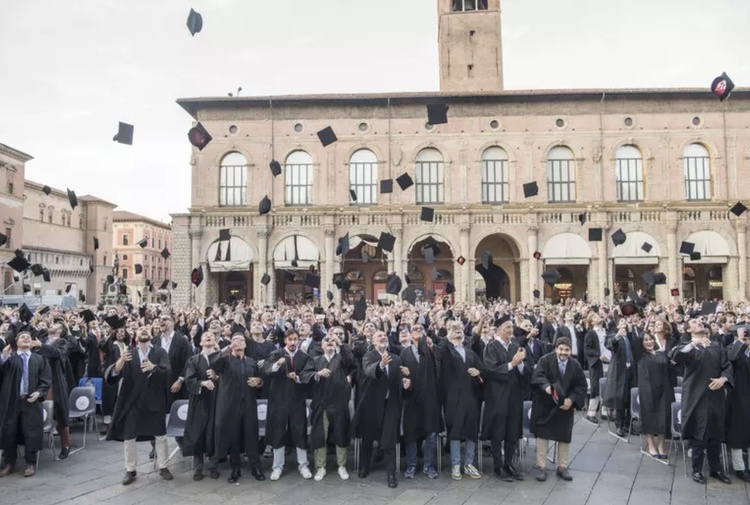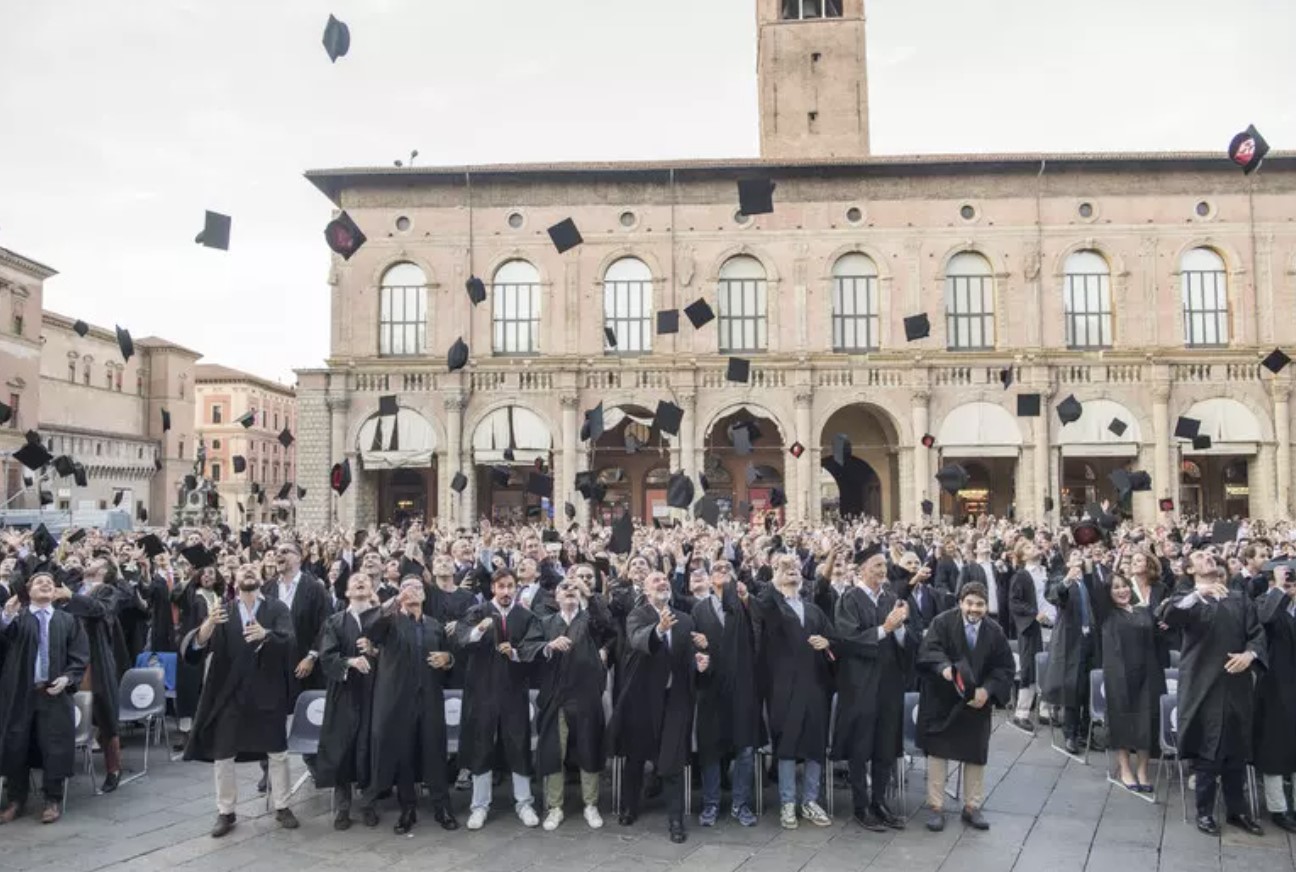This is the widest gender gap recorded in the 38-country area of the Organisation for Economic Cooperation and Development (OECD).
The OECD report titled Education at a Glance 2024 noted that Italy spends 4 per cent of GDP for education against an OECD average of 4.9 per cent.
Meanwhile, according to nearly all the parameters available, female students obtain better academic results than their male counterparts and, in many cases, that gap is widening, the report said.
But even though women perform better than men in education, the scenario changes when they enter the labour market.
Women between the ages of 25 and 34 are less likely to be in employment than men, with the gap widening for those who have a lower level of education.
In Italy, only 36 per cent of young women who have not obtained a high school degree are employed, while 72 per cent of their male counterparts have a job.
The OECD average is 47 per cent and 72 per cent respectively, the report found.
ANSA











